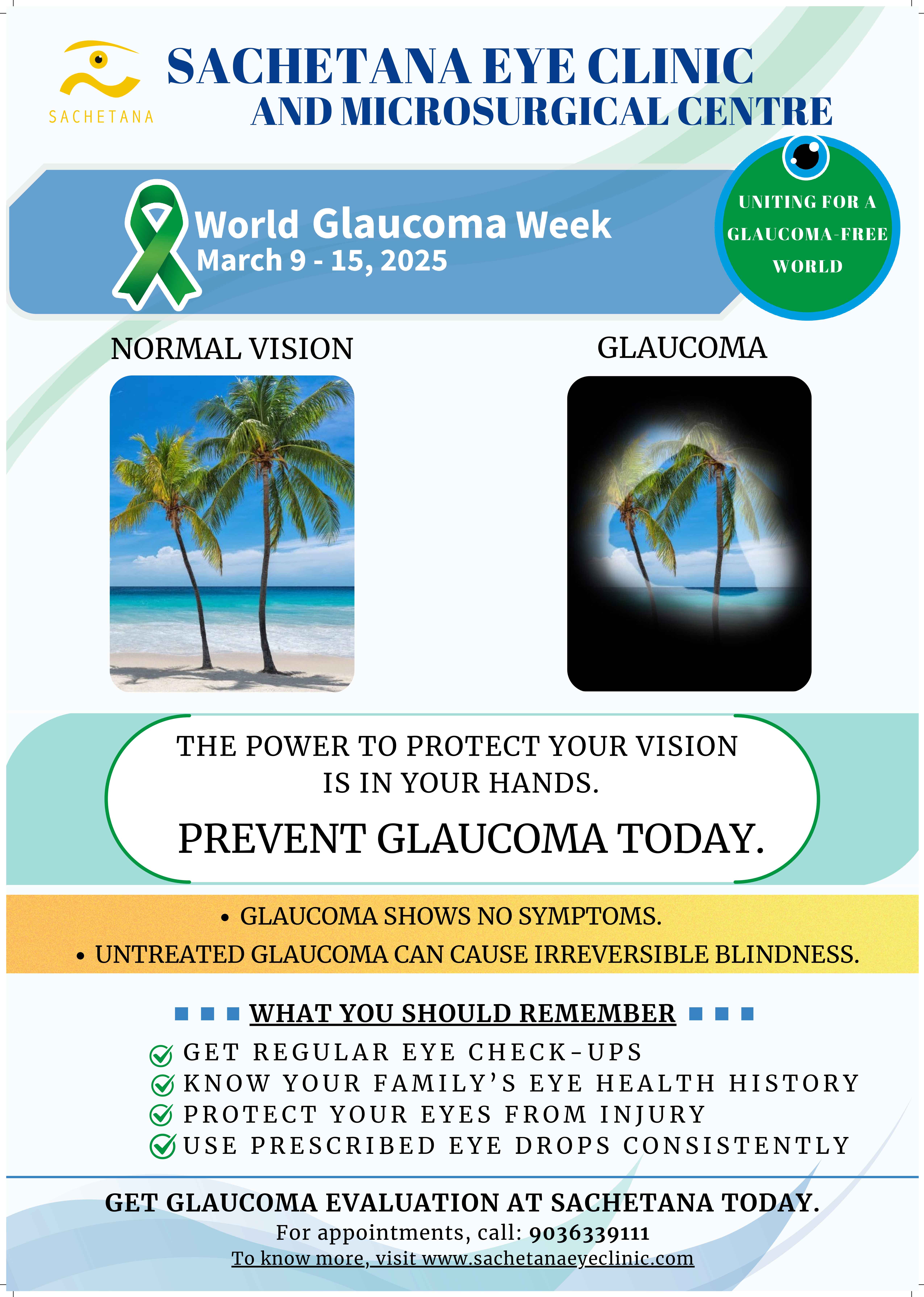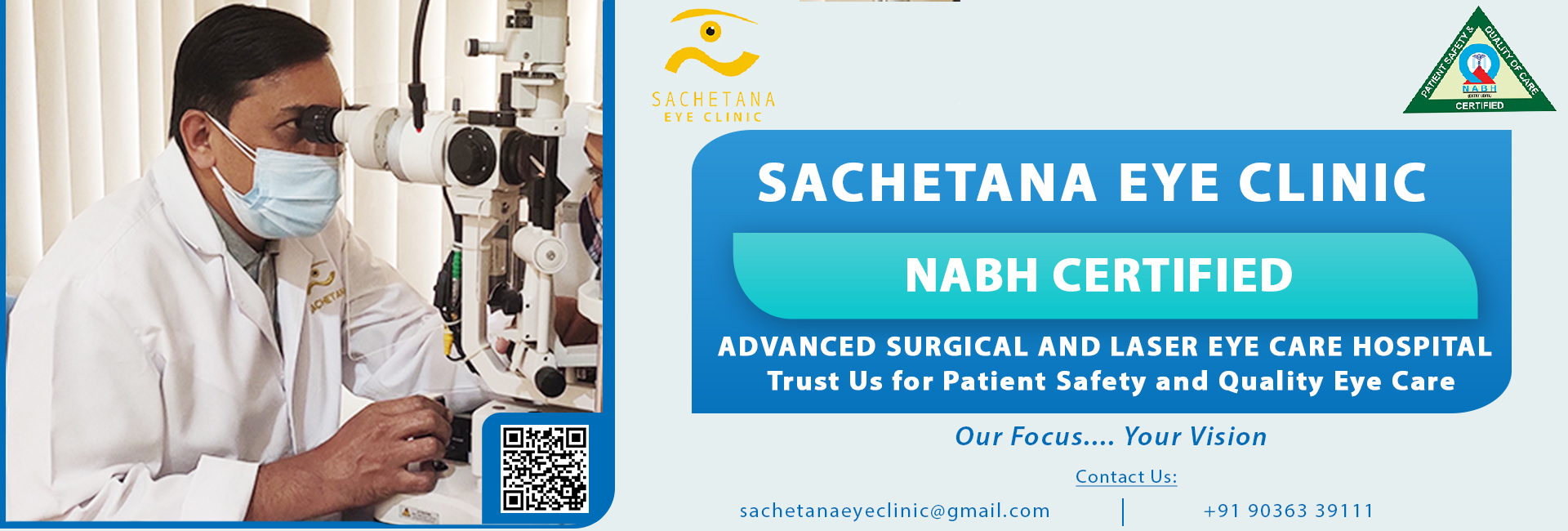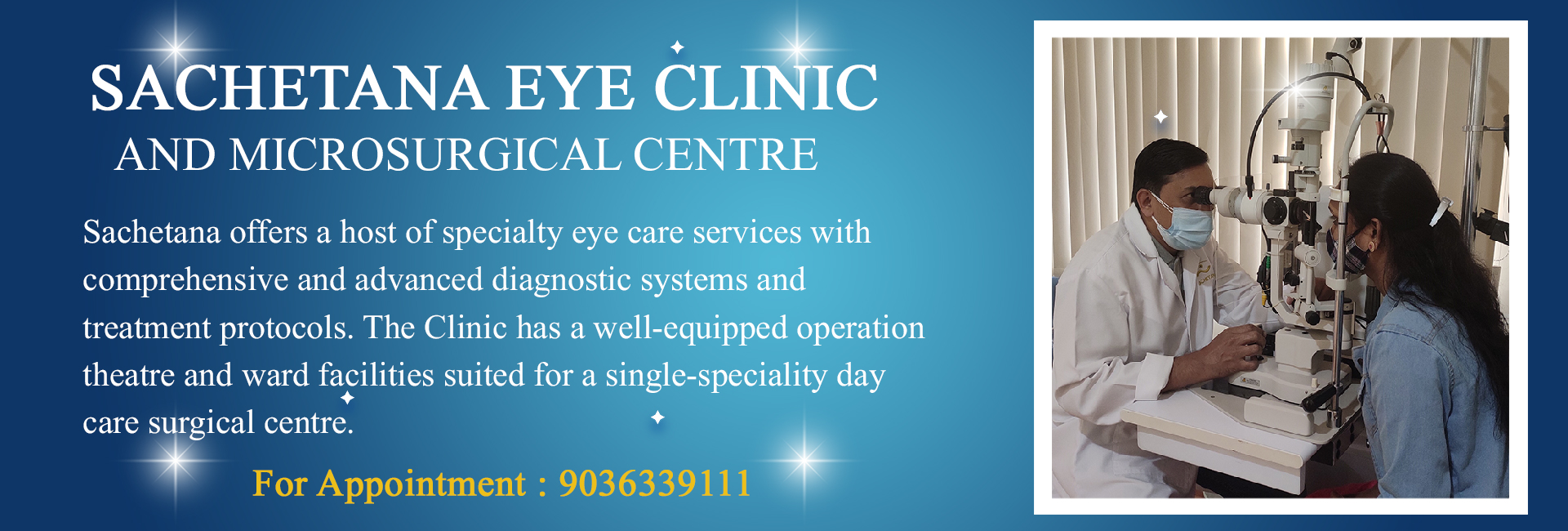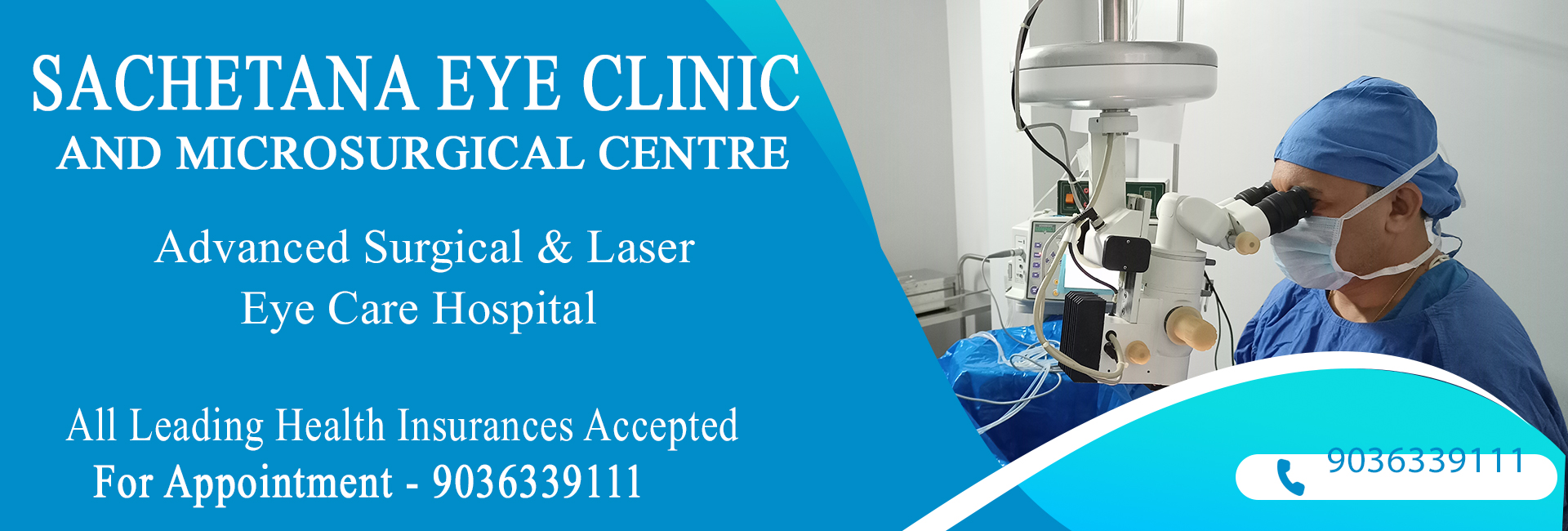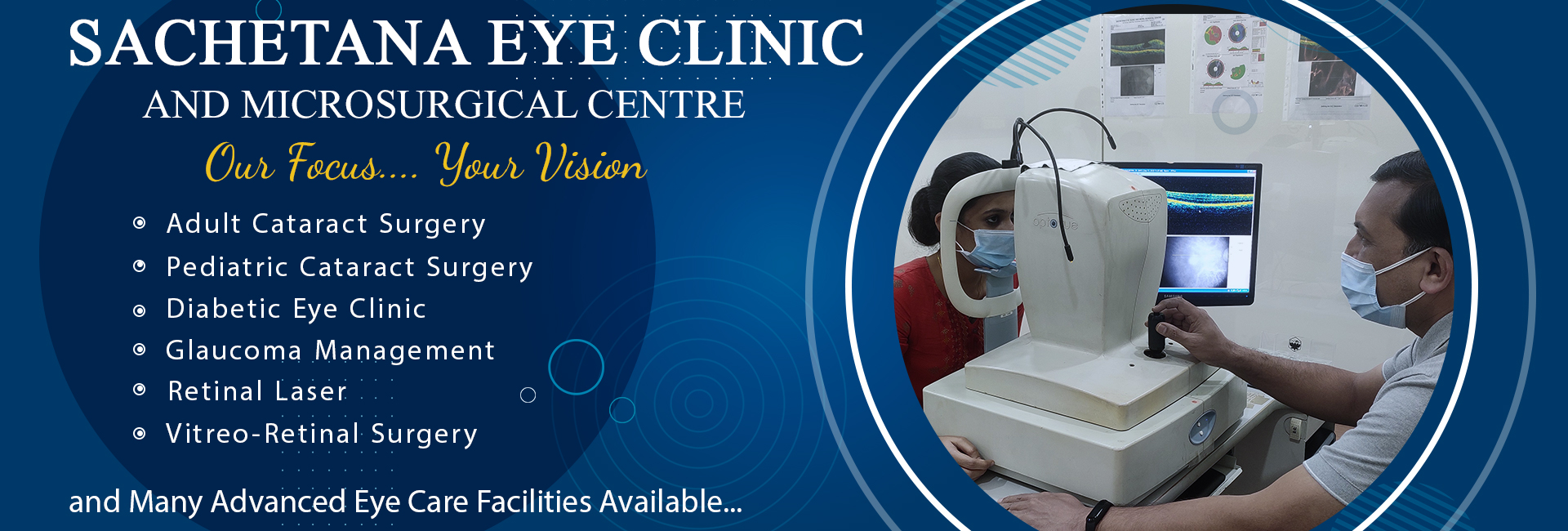"We believe every interaction with our patients is an opportunity to serve".
Welcome to Sachetana Eye Clinic
Sachetana Eye Clinic has been set-up to make specialty eye care easily accessible and affordable. The clinic, started in 2007 by Dr. Venkatesh Iyer, in Mahalakshmipuram and later relocated to Prashanthanagar, offers a host of speciality eye care services with comprehensive and advanced diagnostic systems and protocols.
Sachetana Eye Clinic and Microsurgical Centre has specialized services that include Cataract Micro surgery with the latest Phaco-emulsification technique, Multifocal IOL & Refractive IOL surgery, Pediatric eye care and Squint, Oculoplasty, Glaucoma testing services with field analyzer, Cornea surgeries and various procedures using lasers. The clinic also has dedicated Diabetic Retinopathy screening and management sessions under the care of specialists.
The Clinic has a well-equipped operation theatre and ward facilities suited for a single-speciality day care surgical centre.
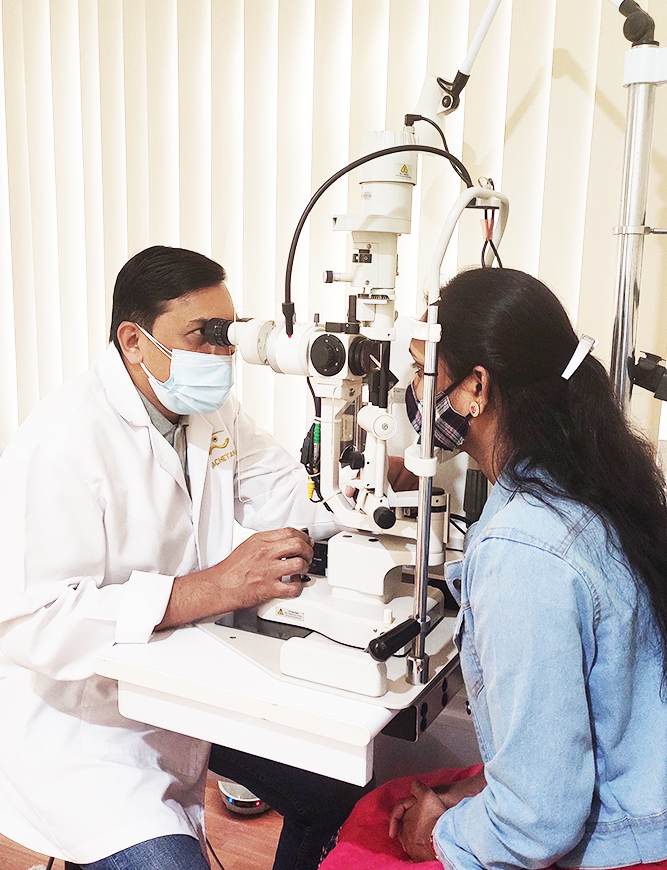


Adult Cataract Surgery


Pediatric Cataract Surgery


Squint and Amblyopia Correction


Diabetic Eye Clinic

What we do best



Glaucoma Management


Retinal Laser


Cornea Grafting Facilities


Contact Lens & Spectacle Services


Vitreo-Retinal Surgery


Refractive error corrective procedures


Speciality Services in Oculoplasty
Are you looking for an Eye Consultation?
Call Us : +91 90363 39111 / 080 2328 9111 / 2328 9333
Photo Gallery
Why We Are Best
Sachetana offers a host of specialty eye care services with comprehensive and advanced diagnostic systems and protocols.
Qualified Doctors
Sachetana’s doctors are trained at the best institutes and come with more than 20 years of experience in their specialization.
Advanced Diagnostics
Sachetana constantly upgrades its diagnostics and treatment protocols with latest equipment and trained personnel.
Testimonials
Well Equipped Centre. I found the staff and doctors friendly.

Frequently Asked Questions
6/6 vision means that the patient/viewer is able to read at a distance of 6 meters what a normal
adult person with normal vision is able to read from a distance of 6 meters.
In other words, its when the patient can read the last line of Snellen’s chart.
By dilating your eyes, the doctor can examine your retina and optic nerve more fully. To perform this part of the exam, the doctor will put a few drops in your eyes that cause your pupils to enlarge, letting more light in and giving him or her a better view into your eye. Your eyes may be sensitive to light for up to an hour after the test, so it’s best to avoid being outside in direct sunlight afterward.
Generally speaking, most LASIK eye surgeons agree on 25-40 as the ideal age range for LASIK eye surgery candidacy for a few reasons. By the age of 25, eyeglasses and contact lens prescriptions have most likely stabilized. A stable prescription gives the most desired and favorable outcome of the procedure and is one of the hallmarks of a good LASIK candidate. Until the age of 24, our eyesight continues to change, so it is not often that a LASIK eye surgeon will recommend the procedure for those under the age of 25 for the general public. Those in the military, law enforcement, and professional athletes may be given special consideration.
